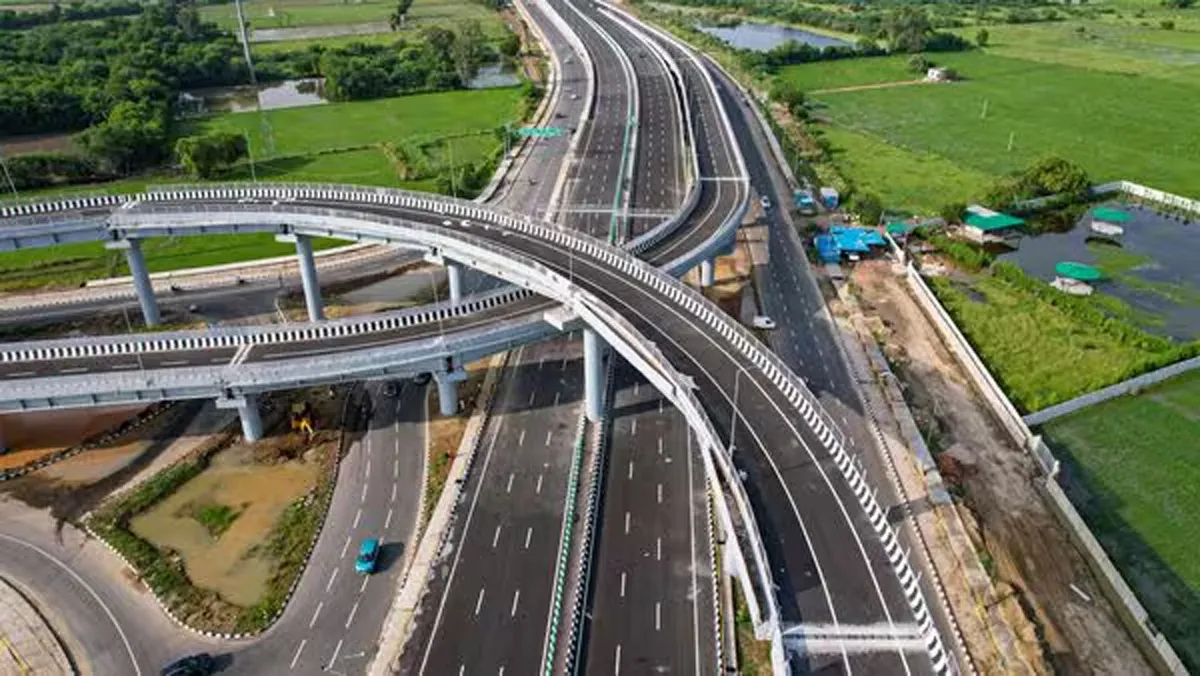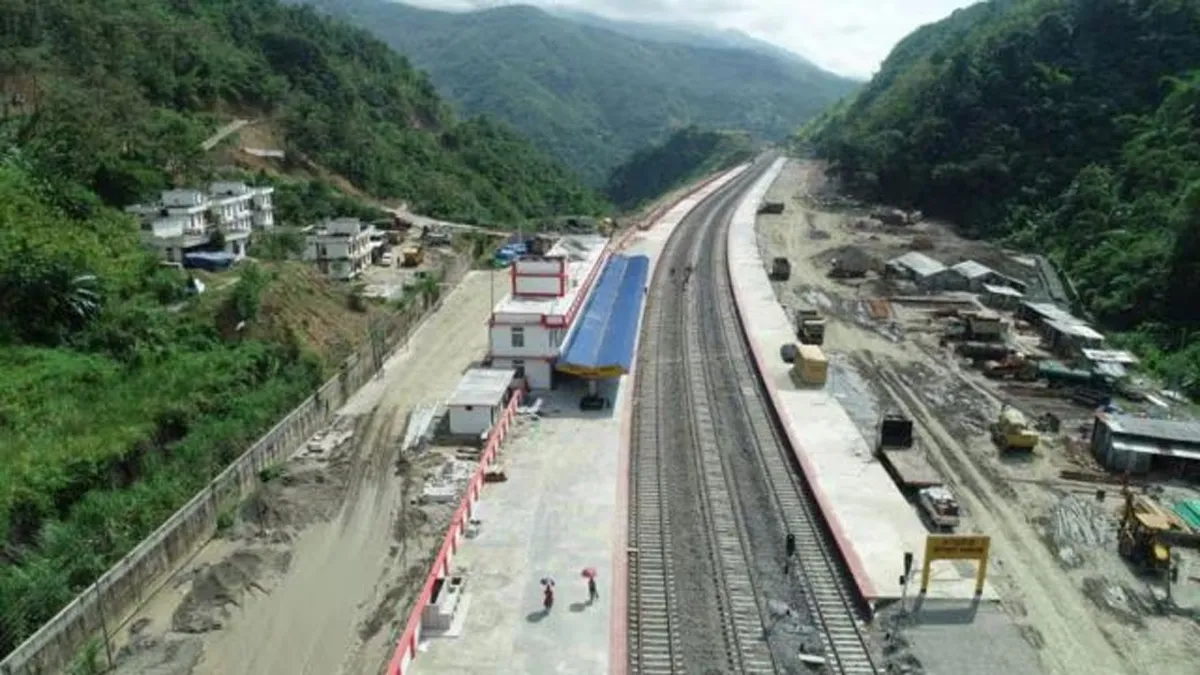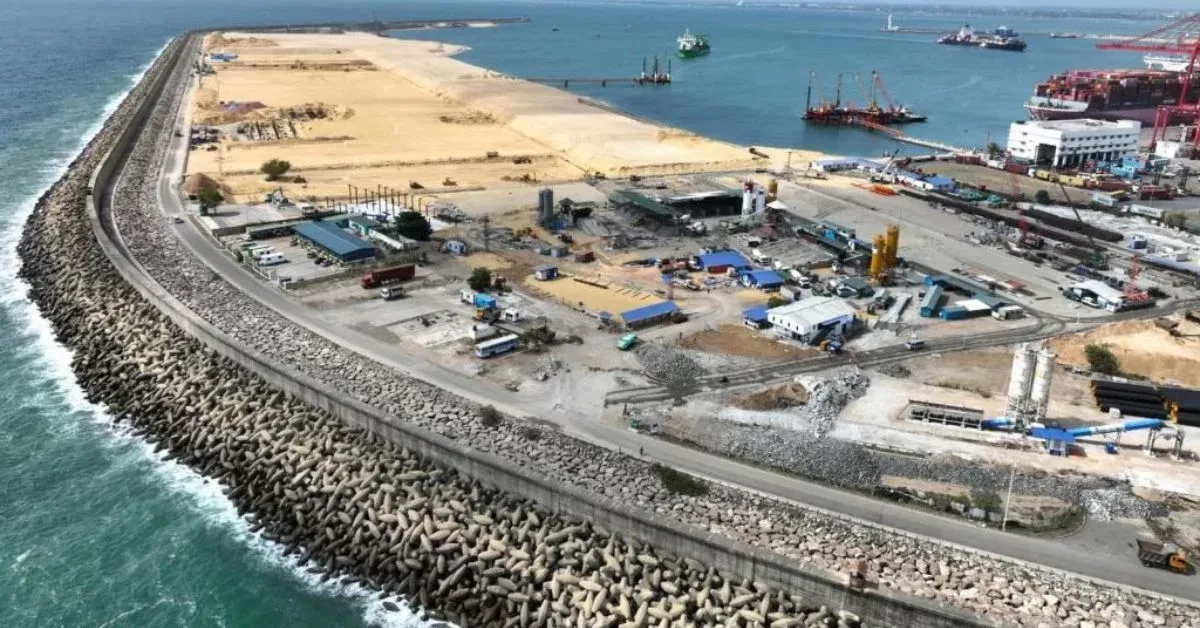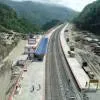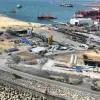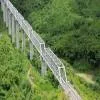With the Indian construction industry upbeat with mega projects like underground metros, water tunnels, expressways and freeways,
MONISHA RAO presents the 'cutting-edge'technology in excavation.
As the underground tunnelling work of the Chennai Metro Rail gained momentum underneath 700 buildings in the Broadway area of the city, cracks appeared in about 20 buildings, including a few heritage structures. While this can be attributed to soft or weak soil in the region overburdened with the tunnel work, operational errors of tunnel boring machines (TBMs) can also lead to such damage. Old structures develop cracks owing to the jerks these machines emit when they stop and restart again.
"If any building is susceptible to damages, soil needs to be dug from the foundation and filled with sand," says Dr Ramulu More, Principal Scientist and Associate Professor, Rock Excavation and Blasting Engineering, CSIR-Central Institute of Mining and Fuel Research Regional Centre. "This absorbs vibration and prevents it from being damaged. The area needs to be surveyed and investigated to analyse the nature of the rock and if it can withstand maximum pressure conditions. This will determine the kind of tunnelling technique that needs to be used on the rock."
Tunnelling through hard and soft rock requires different approaches. While blasting works on soft rocks, hard rocks such as shale and limestone require the use of the TBM technique.
Tunneling ahead
While the structure and components of the TBM applied are constant in all projects, the size, specification and technique applied vary according to geological conditions. The TBM technique is the mechanical way of excavating a tunnel. Depending on the soil and rock type, there are three types of TBM techniques: slurry machine, air pressure balance machine and rock machine technique. The rate of production or excavation depends on the strata of the rock. Dr More explains, "If the stratum is hard, the rate of excavation is less." Moreover, the diameter range of excavation and tunneling can vary from 1 mm (micro tunneling) to 19.25 mm.
Slurry machine technique is used on soils with varying hardness. The soil is first mixed with slurry to create a hard face to sustain the pressure of excavation the TBM exerts. The air pressure balance machine technique is used only on softer and fairly cohesive strata. In this case, the face pressure is created by the activated ground kept under pressure in the chamber by controlled removal of debris through the rotation of screw conveyer. The phase pressure is the pressure that is needed per penetration of this tunnel and is created by excavated ground. As suggested by its name, rock machine technique is used on hard rock strata.
For example, while Delhi Metro saw the use of two types of TBMs - spoke-type earth pressure balance (EPB) machine and mixed-phase EPB machine that is used on soft clay ground - the Bangalore Metro used machine mixed-phased EPB because of hard strata in the surrounding.
Cost factor
The cost of TBM tunnelling depends on the length and geology of the tunnel, which play a major role in determining the project cost. Kapil Bhati, Managing Director, Robbins Tunneling and Trenching Technology, says, "Various other factors too control the total cost of the project, such as lining of the tunnel and handling of associated activities like logistics of TBM launching." About $20 million is spent on TBM installation and other related equipment. Dr More adds,"While the installation cost is the same, the operational cost is high for slurry and medium for air pressure balance and low for rock cutting TBM technique."
The knowhow
The machine is inserted in a dug-up hole along the proposed line of trajectory. It then proceeds through the rock along the entire corridor. The front of the borer has cutter discs made of tungsten carbon set in different directions that revolve around the diameter of the tunnel. The diameter of the borer is set according to the required diameter of the tunnel. While cutting through the rock with the help of this technique, the machine exerts some pressure from a rigid point on the ground. While boring through the tunnel, the machine emits percussions and moves ahead with the help of friction. Moreover, steel frame plates are fixed around the machine to enable it to withstand the enormous amount of pressure it exerts while tunnelling its way through the rock. The rock under its percussions is cut and the debris collected on a chain-linked conveyor belt that is finally transported to the tail end of the machine.
Advantages
Tunnel boring is a highly mechanised, continuous process and is advantageous compared to any other technique. Supporting this fact is Bhati: "Based on the ground condition, soil or rock, TBMs can bore about three times or faster than other techniques like the drilling and blasting method."
Indeed, the long list of benefits of TBMs includes higher advance rates, uniform profile tunnel with less over breaks, greater worker safety, automated operation and environment-friendliness with continuous operations. With the drilling and blasting method, approximately 5 m of tunnel can be excavated per day. Also, the rate of drilling and excavation technique can be doubled per day in the Indian conditions.
However, Dr More is of the opinion that the average rate of tunnelling with TBM in India is poor compared to global standards. He highlights that while construction of the La Cabrera tunnel of the high-speed Madrid-Castilla La Mancha-Valencian line took place at a staggering 80 m per day, TBMs in India move at an average pace of 8-10 m on soft rock, 6-8 m on hard rock (irrigation tunnels) and 4-5 m in hydel projects.
That said, before India drills deeper and faster using TBMs, it is crucial to get a firm grip on the right technology and cost-benefit factor.
Case Study
TBM: The 6.25 m (20.5 ft) diameter machine by Robbins
Project: Mumbai Water Tunnel
Owner: Brihanmumbai Municipal Corporation
Contractor: JV contractor Unity-IVRCL (UIJV)
Project cost: Rs 1,041 crore
Date of completion: January 21, 2014
Project duration: Five years
Tunnel length: 8.3 km (5.2 mi) bore
Difficult ground, including basalt rock, fractured ground and water inflows, was encountered throughout the tunnel. The geology was particularly bad at times. Precautionary measures were taken and work advanced slowly. Good ventilation was maintained throughout execution and a good dewatering system utilised. Ground support played a critical role. Kapil Bhati, Managing Director, Robbins India, says, "The rock support system and ring beam erector were helpful to reduce downtime and allowed more production time. Challenging ground conditions, combined with the sheer depth of the 109 m (357 ft) tunnel, made the machine's advance rates especially notable."
To share your technology with us, write in at
feedback@ASAPPmedia.com
